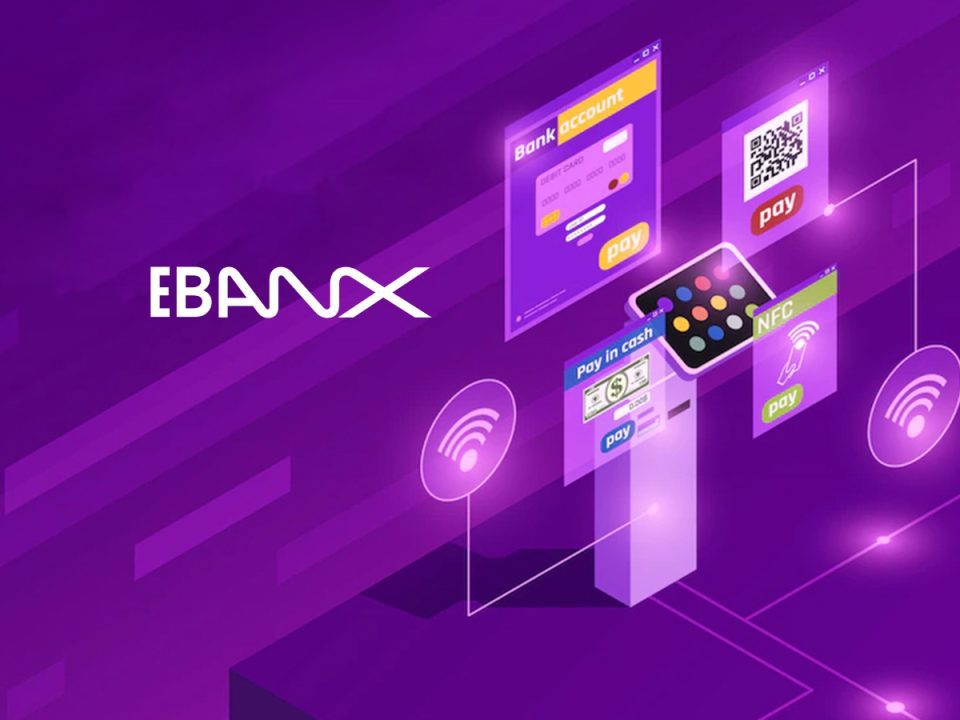Serving on Colombia’s central bank advisory committee, EBANX has partnered with MOVii to enable Bre-B payments for global businesses in Latin America’s third-largest digital market
Following Brazil’s Pix blueprint, Colombia has launched its own instant payment ecosystem called Bre-B with the same core features: interoperability, 24/7 availability, and immediate settlement. Today marks the start of full-scale operations for Bre-B nationwide, following a pilot phase that began on September 23. Through EBANX, a global technology company specializing in cross-border payment services for emerging markets, global merchants can offer Bre-B to Colombian customers from day one. To facilitate this access, the fintech has partnered with MOVii, Latin America’s first Banktech, which provides a complete issuing and acquiring payment infrastructure for individuals and businesses.
More than 30 million people have already registered to use Bre-B, according to Colombia’s central bank, representing 76% of the country’s adult population. At the same time, only 18% have access to credit cards, according to the latest report from the institution. World Bank data shows that Colombia has one of the lowest credit card penetration rates in Latin America. This figure has remained stable since 2022, while the share of Colombians making electronic transfers continues to grow, highlighting a shift in preference towards alternative payment methods for online shopping.
“Bre-B is a game-changer for Colombia’s digital economy, just like Pix was for Brazil. That is why bringing it to our platform from day one was so important to us. We want Colombian consumers and businesses to be part of this transformation right from the start,” said Eduardo de Abreu, VP of Product at EBANX. “Colombians can shop with global brands using the same instant, secure payment method they use locally. It is about bringing world-class e-commerce right at their fingertips without any barriers,” added Katherine Roa, CCO at MOVii.
Read More on Fintech : Global Fintech Interview With Justin Meretab, Co‑Founder and CEO of Layer
Colombia’s digital economy has been growing at double-digit rates since 2019 and is set to surpass USD 52 billion in 2025, ranking third in Latin America after Brazil and Mexico, according to Payments and Commerce Market Intelligence (PCMI) data sourced by EBANX. As Pix has done in Brazil, Bre-B’s instant payment features are poised to fuel this momentum by streamlining transactions for both consumers and businesses, potentially driving the digital market to USD 73 billion by 2028.
Breaking down Bre-B: similarities and differences to Pix
EBANX was one of only two fintechs invited by the central bank of Colombia to sit on the Interdisciplinary Committee for Interoperable Payments that advised local authorities on building Bre-B. This collaboration led to features inspired by nearly five years of lessons from Brazil’s Pix rollout, such as QR code payments, user identification through keys (like ID, phone number, and email), mandatory interoperability for instant transfers, and time-based transaction limits to prevent fraud.
“We process more real-time payments in Brazil than almost anyone else and handle transactions for 20% of all Pix users. Being able to share that experience and know-how with Colombian regulators and help them sidestep some of the bumps we hit early on with Pix was really rewarding,” Eduardo de Abreu emphasized.
But Bre-B is not a copy of Pix. While Brazil built a single rail between financial institutions to make its payment system interoperable, Colombia developed a new ecosystem on top of existing infrastructure. Bre-B bridges established account transfer services that could not connect before, like Transfiya and EntreCuentas, with new solutions like Credibanco and Visionamos. It was also designed to welcome new integrations down the road.
Single connection
Through its partnership with MOVii, EBANX enables global companies to integrate with Bre-B through a single connection. This is made possible by the MOVii Smart Router, a solution that provides access to all of Bre-B’s nodes and intelligently routes transactions based on usage models and fees. This technology selects the most efficient path to optimize operations, making MOVii the first “sponsor bank” to connect to all of Bre-B’s nodes.
“The central bank’s biggest challenge was ensuring standardized and universal operation across different systems. They solved it by providing and managing two core technological components: a centralized directory (DICE) that maps all users and an Operational Settlement Mechanism (MOL) that moves funds instantly between financial entities’ accounts at the central bank, eliminating interbank credit risk and delays,” Abreu explained.
Another important difference between Bre-B and Pix is what is available right out of the gate. For now, the Colombian ecosystem only handles person-to-person transfers (P2P) and consumer-to-merchant payments (P2M). Future plans include bringing government entities into the mix, which would allow people to pay taxes and for public services (P2G), plus enable government subsidy disbursements (G2P). Features like recurring payments for subscription-based services and bulk transfers for payroll and high-volume payouts are also in the pipeline.
Financial inclusion: how Bre-B will digitize Colombia’s economy
Beyond driving interoperability, efficiency, and security, Bre-B will be a key element in accelerating Colombia’s financial inclusion as it is connected to Cajas de Compensación Familiar (Family Compensation Funds, in English), institutions that provide social benefits, subsidies, and services to 42% of Colombia’s population.
“Many of these people had to withdraw cash from ATMs to buy things because they were traditionally excluded from the financial system. Now they have a digital payment option that lets them shop online, pay for services, and tap into the digital economy in ways that were not possible before,” stated Hernando Rubio, MOVii CEO.
Bre-B had already issued over 80 million payment keys, averaging nearly three per customer. “This shows the country’s appetite for a modern, inclusive payment solution. People are ready for change and hungry for better financial tools,” said Eduardo de Abreu.
Catch more Fintech Insights : The CFO’s New Analyst: Using Generative AI for Strategic Financial Modeling
[To share your insights with us, please write to psen@itechseries.com ]
